How to choose the best door system for your home with IDSystems
Choosing the right glazed door system is not always a clear-cut process — thankfully this guide by IDSystems to finding the best solution for you is here to help
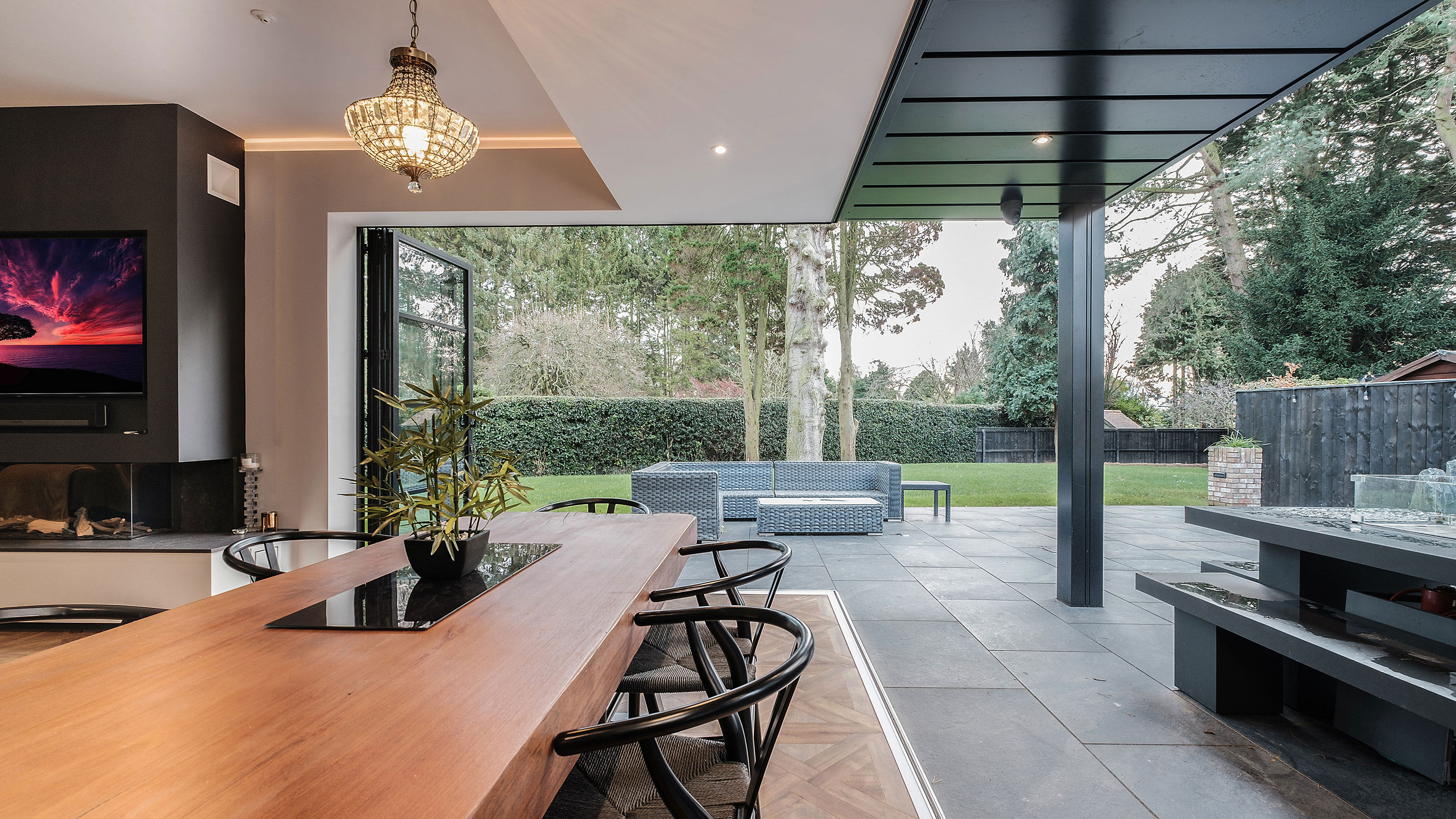
Glazing forms a significant part of so many modern home projects, whether they are extensions or renovations of existing properties or complete new-build homes. Glazed doors that fill rooms full of light and provide a connection between inside and out are often found at the heart of the design as a whole, but choosing which type of door is right for your project isn’t necessarily straight forward.
Thankfully, the experts at award-winning glazing specialists IDSystems have put together a handy four-part guide to help you out, providing all the advice and help you need to choose the right option for your project.
The first in the series covered where to start when choosing glazed doors and in this second part, they cover finding the best solution for your home.
Finding the best solution for you
When starting your search for the right glazed door system for your individual project, you need to ensure you stay focussed on looking at those products that meet your own needs as opposed to those that you might have seen being used on other homes.
It can be helpful to start by asking a couple of questions.
How big is the aperture and how often will you open the doors?
"When someone walks into our showroom with architects plans in their hand trying to work out whether sliding doors or bifold doors are best for their project, then these are probably two of the first questions we will ask, because it gives us a great starting point to help offer advice and ideas,” explain IDSystems' experts.
Knowing how wide an opening is important because this would typically steer the conversation towards one type of system over another. Because bifold doors stack to one end to completely open up an aperture they tend to be more popular for smaller openings, whereas the ultra-narrow frames of sliding doors really come into their own between large panes of glass and as such better suit wider openings.
Being able to visualise how often the doors will be opened is helpful too. If you are going to open the doors at every opportunity in the summer then the slightly chunkier frames of bifold doors could be tolerated more, but if the doors are going to stay closed for the majority of the time and used infrequently then the minimal frame of sliding doors allows for better views out and more light let in when the doors are shut.
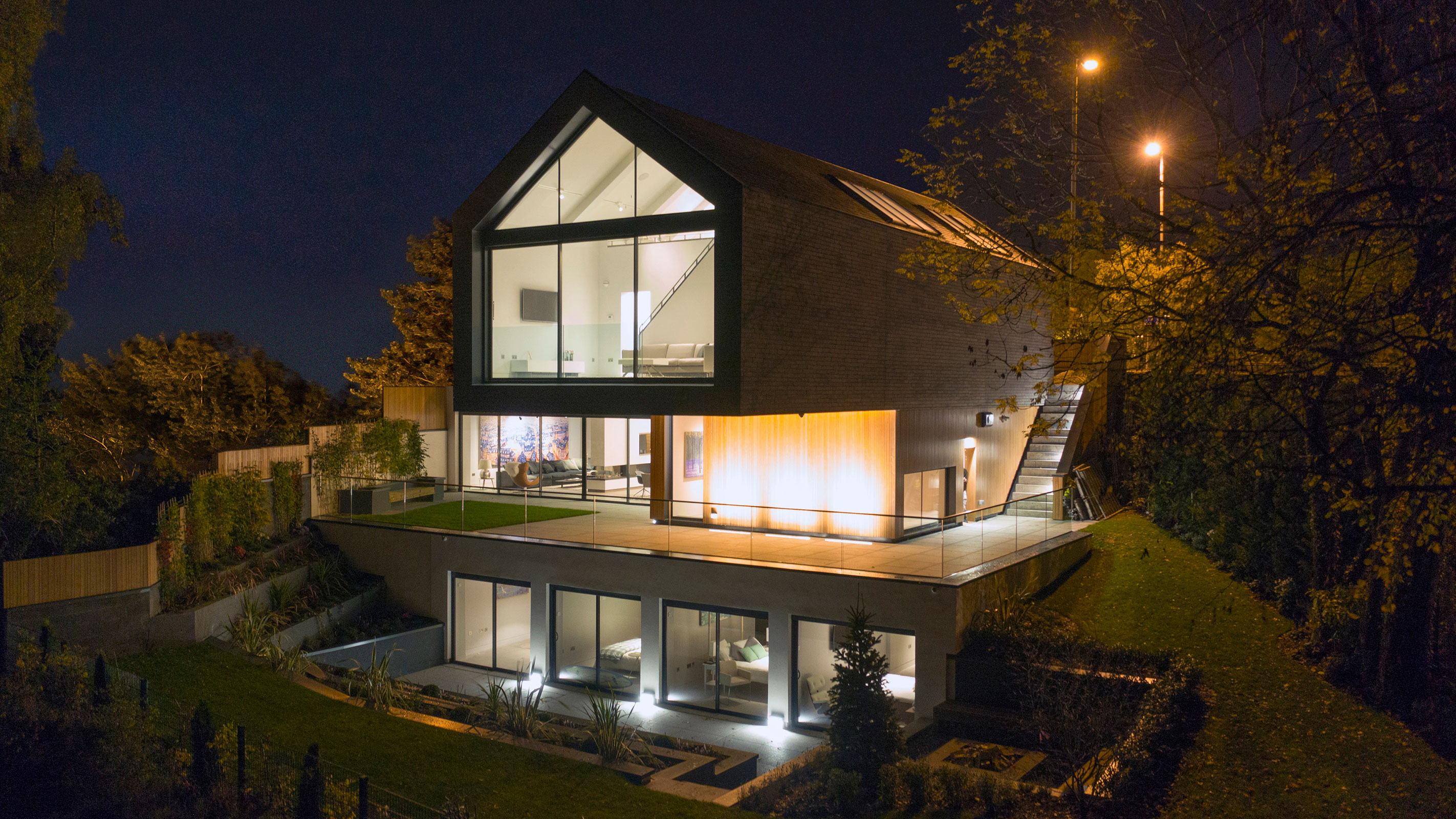
What are the pros and cons of bifold doors?
Bifold doors were the go-to glazed door system for almost a decade but in recent times they have been replaced by sliding doors as the most popular choice.
“With the British climate as it is whichever door system you choose the chances are they will remain closed for much of the year and with more frame and less glass bifold doors interrupt the view out more," say IDSystems. "That said when the sun does come out the ability to completely open up the doors and step out on to the patio is what it is all about and they are amazing at breaking down the boundaries between inside and out.”
For smaller apertures (under 3.5m wide) then bifold doors are still very much a strong option because when you open the doors you get the benefit of the entire width of the space – rather than being limited by the fixed panel of a sliding door.
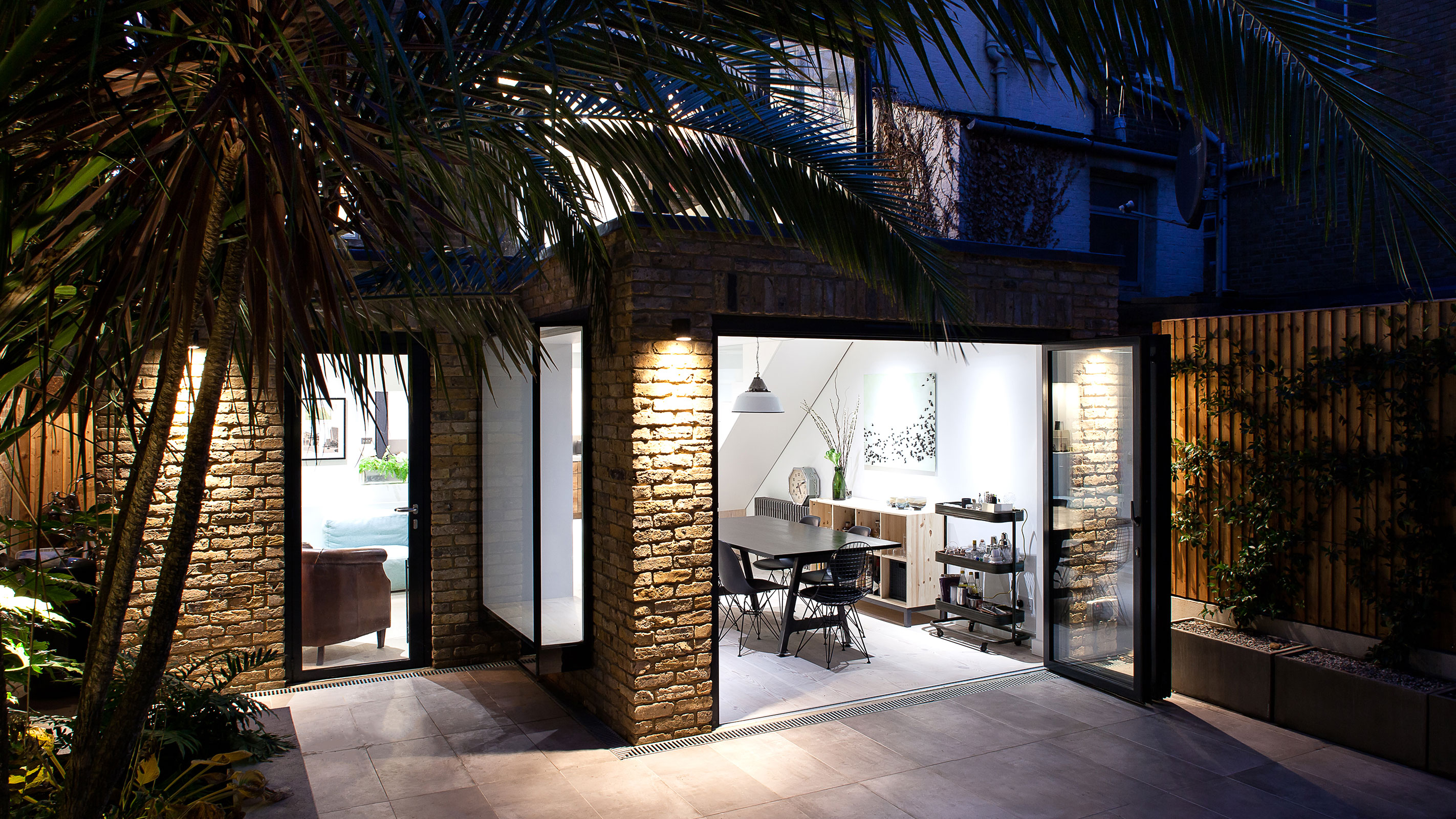
What are the pros and cons of sliding doors?
With individual panels up to 3m wide, overall openings over 20m across and the frame between the glass measuring from just 20mm (as is the case with theEDGE2.0 doors from IDSystems), sliding doors boomed in popularity over the past 5 years.
“We always say that bifold doors tend to look better open, whereas sliding doors tend to look better closed and with the weather in this country the doors, whichever system you choose, will always likely be closed for far more of the year. The large panes of glass are ideal for framing the view out and for drawing light into your home all year around and when summer comes the doors slide back to allow you to extend your living space out on to the patio or into the garden”
The drawback of sliding doors comes from the need for a fixed panel behind which the other panels slide. This means, unless you opt for a pocket sliding door, that you aren’t able to create a complete opening like you can with bifold doors – but with sliding doors typically installed on larger openings this is less of a compromise.
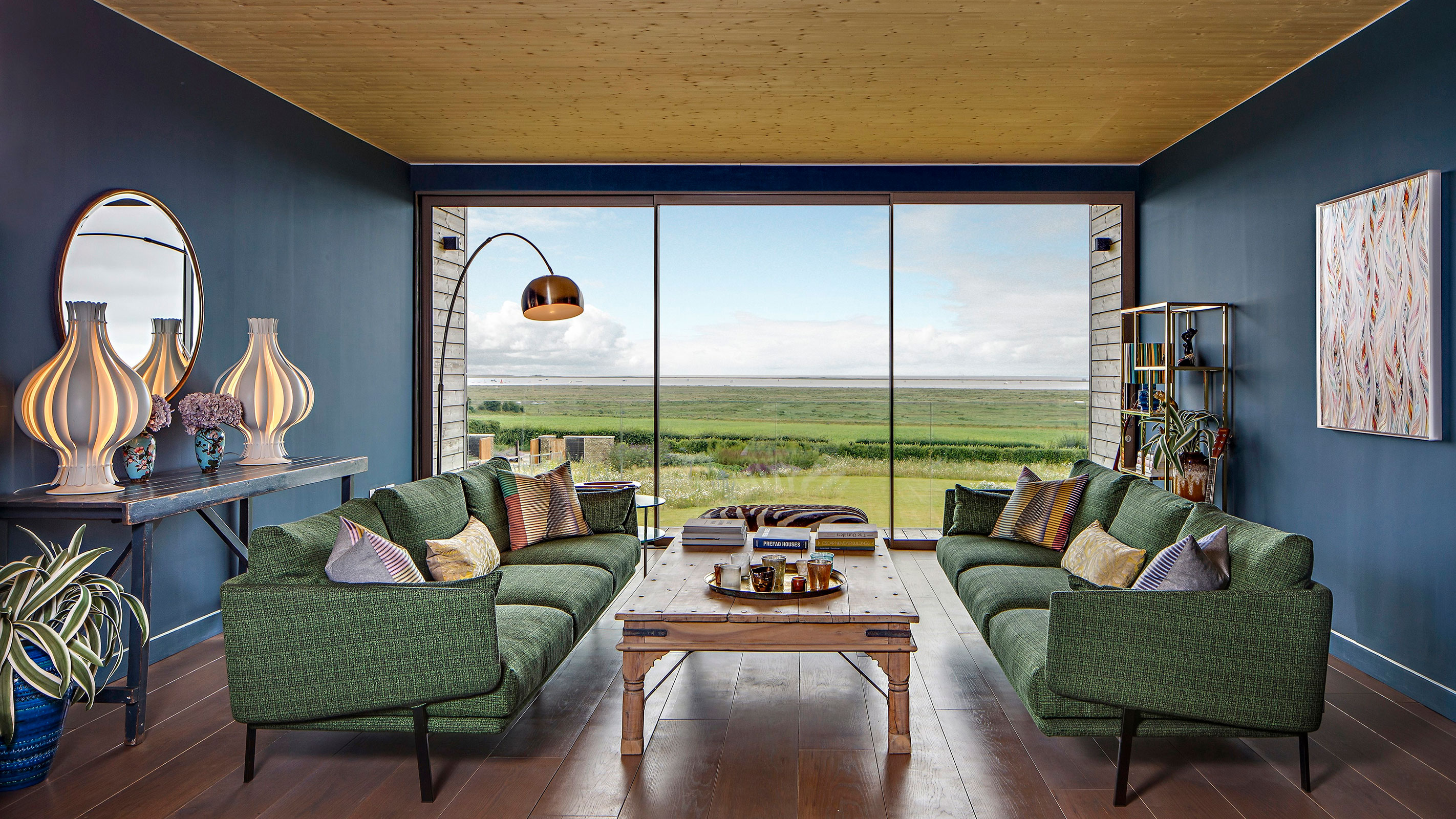
What are slide and turn doors?
There is now a third option to consider alongside sliding and bifold doors —slide and turn.
With individual non-connected panels that slide and stack to one end, a products such as the vistaline slide and turn door system from IDSystems is designed with narrow frames like sliding doors, but has the ability to create completely unobstructed openings – just like bifolds.
There is no need for a fixed frame at one end and because the frames connect in a tongue and groove fashion when they are closed, they are considerably slimmer than any bifold door on the market. Manufactured in the UK to a Swiss design the award-winning system has proved the perfect alternative for home owners struggling to choose which door system is right for them.
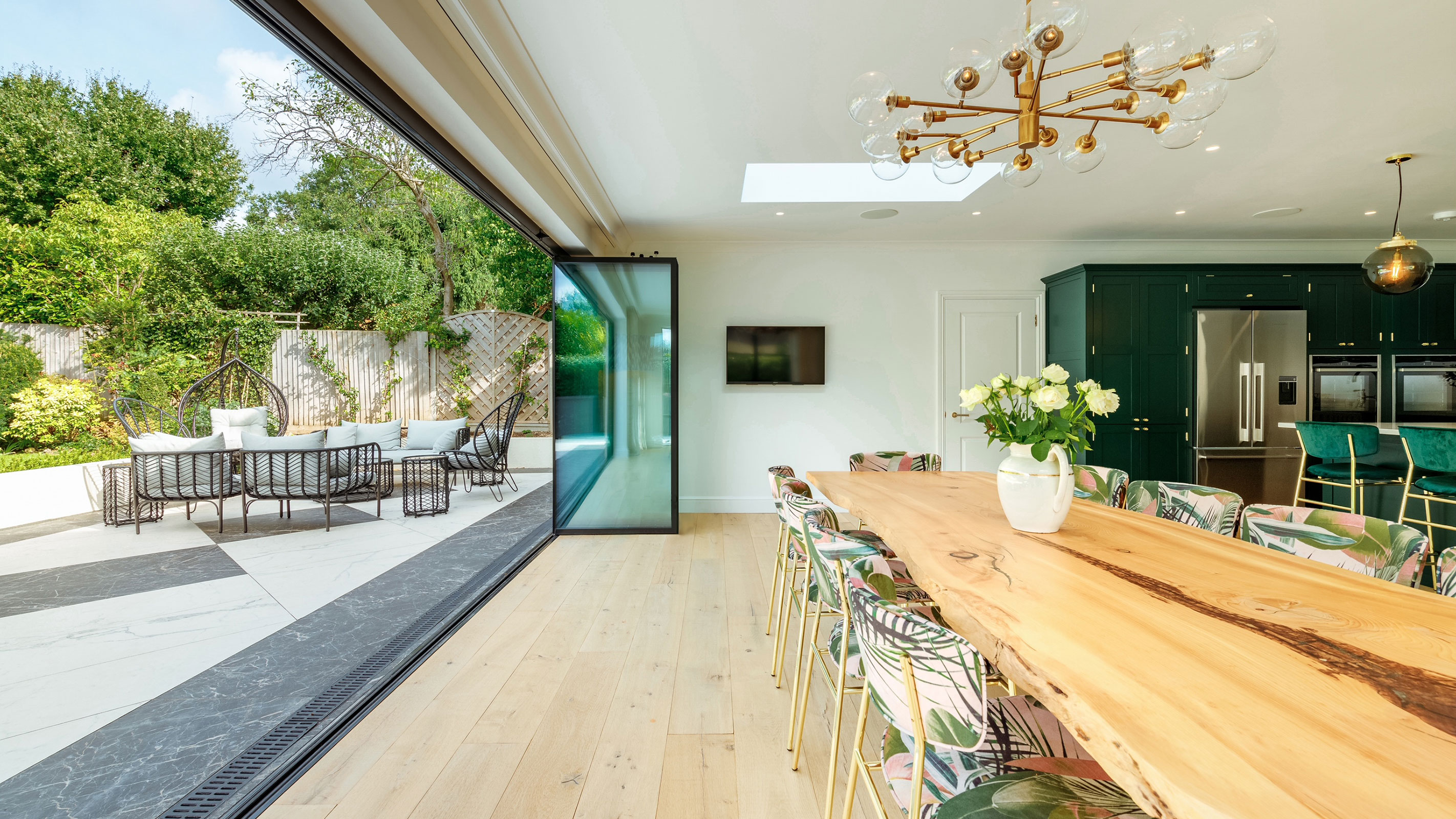
For more information about IDSystems and their multi award-winning range of aluminium framed glazing systems visit www.idsystems.co.uk, call 01603 408804 or email info@idsystems.co.uk
Get the Homebuilding & Renovating Newsletter
Bring your dream home to life with expert advice, how to guides and design inspiration. Sign up for our newsletter and get two free tickets to a Homebuilding & Renovating Show near you.
